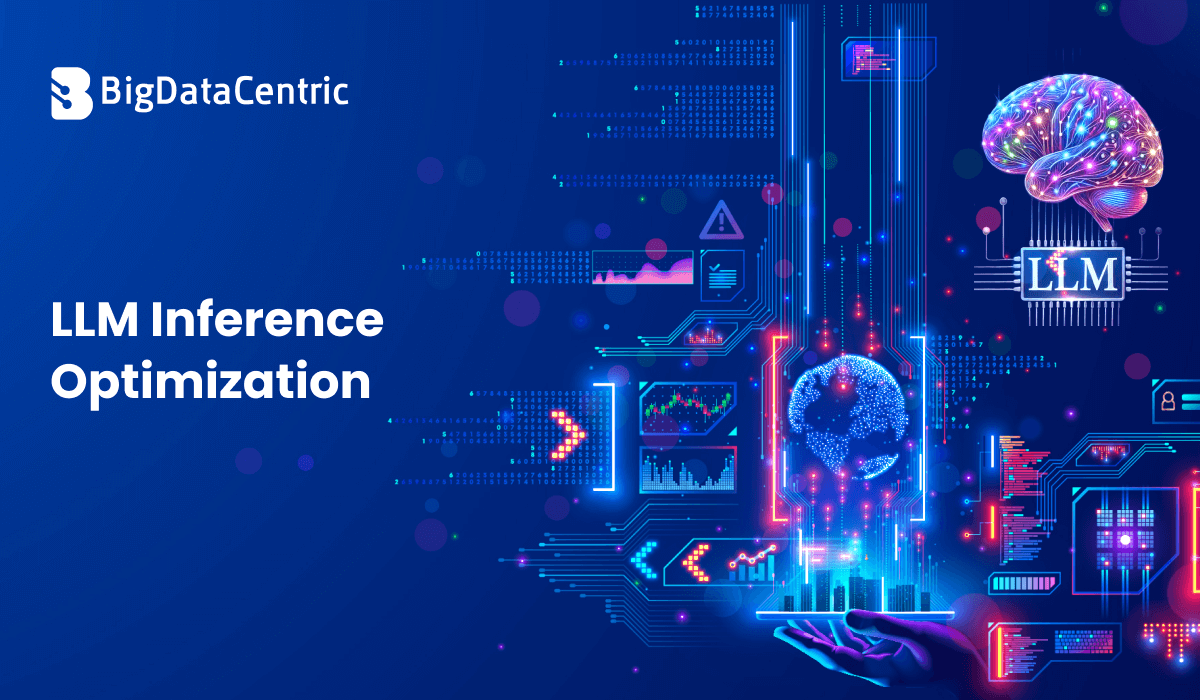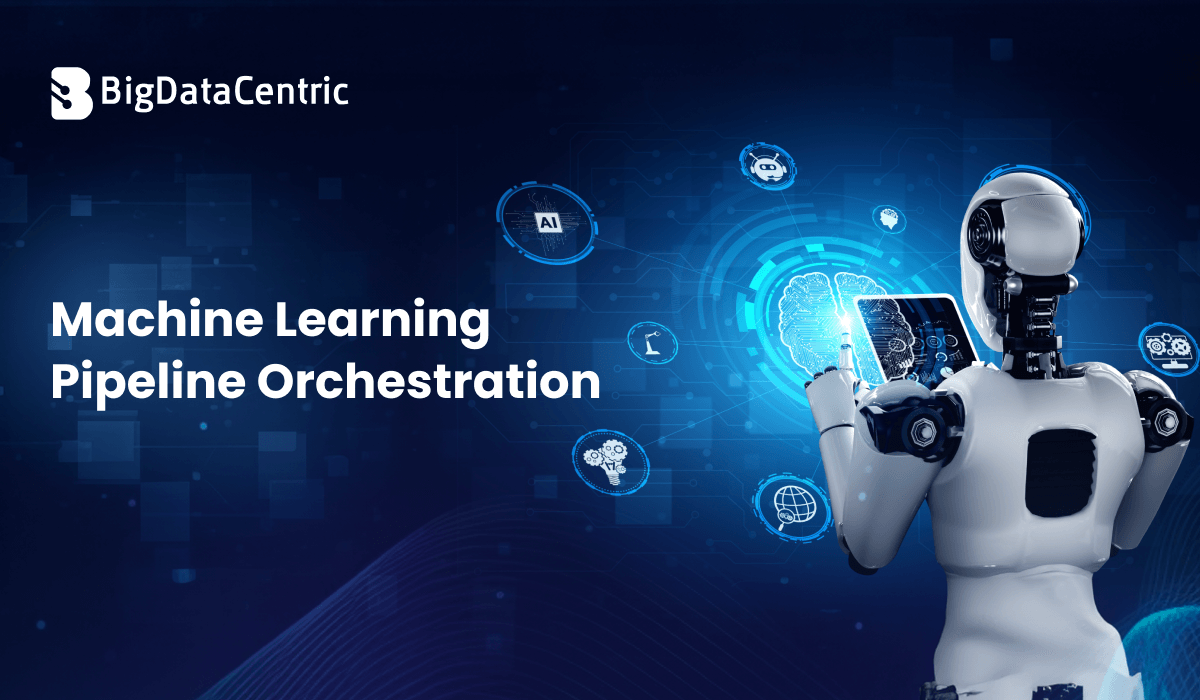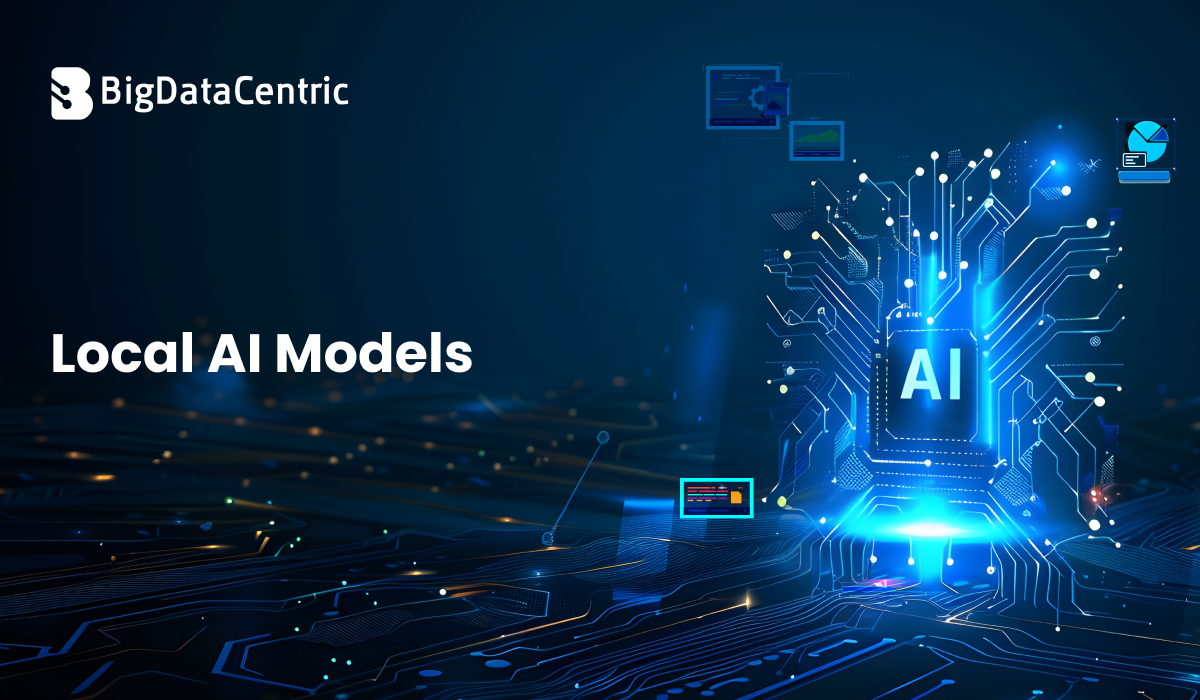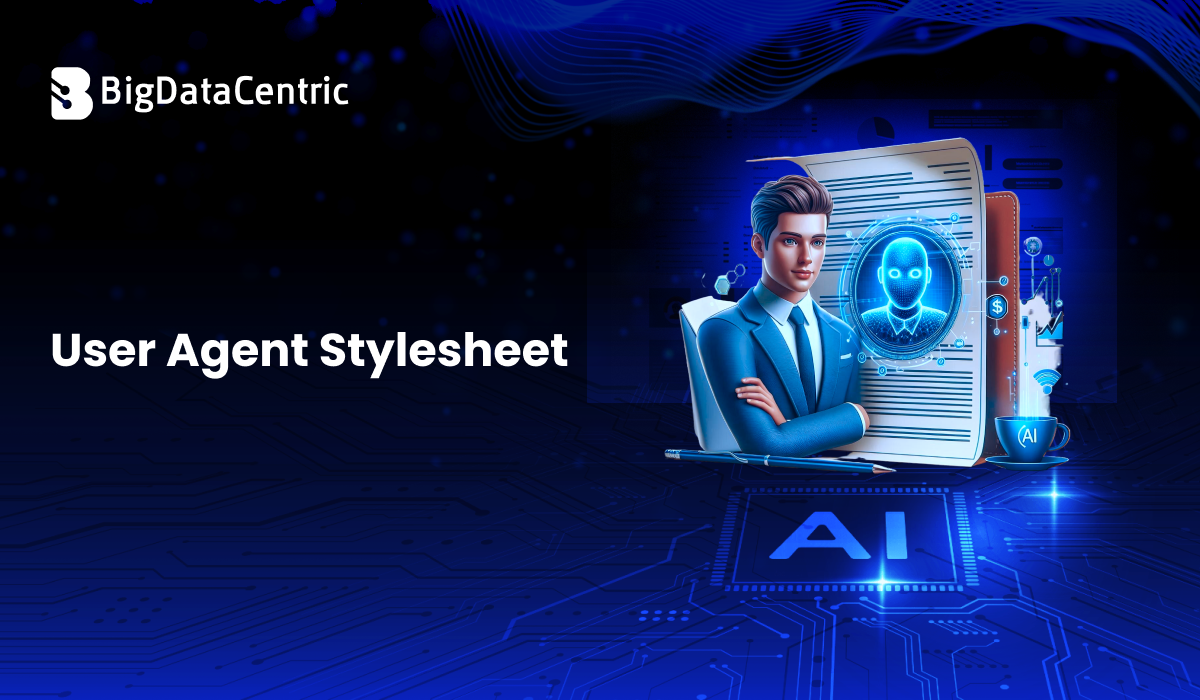Get in Touch With Us
Submitting the form below will ensure a prompt response from us.
In machine learning, a feature refers to an individual measurable property or characteristic of a data point. Features are the building blocks of any machine learning model. Whether you’re predicting customer churn or detecting fraud, features are the input variables that drive the algorithm’s understanding of patterns in the data.
Let’s break down what a feature is in machine learning, its types, how it’s created, and why it plays a crucial role in model performance.
Why Are Features Important?
Machine learning models learn from data. However, it’s not the raw data itself that is directly useful — it’s the features extracted or engineered from that data that are fed into models.
For example, in a customer dataset, the raw data might include names, birthdates, and purchase history. From this, features could be:
- Age (calculated from birthdate)
- Total lifetime spend
- Days since last purchase
- Number of purchases in the last month
These features help models detect behavioral patterns and correlations.
Types of Features
Numerical Features
These are quantitative values, such as age, salary, or temperature.
# Example
import pandas as pd
df = pd.DataFrame({'age': [25, 32, 47], 'salary': [50000, 60000, 80000]})
Categorical Features
These represent categories or labels, such as “gender”, “location”, or “device type”.
# Encoding categorical values
df['gender'] = df['gender'].map({'Male': 0, 'Female': 1})
Ordinal Features
These are categorical variables with an inherent order, e.g., education level: High School < Bachelor’s < Master’s < PhD.
Boolean Features
True/False values such as “Is Premium Member”, “Has Overdue Payment”.
Text Features
Words or phrases can be transformed into numerical format using TF-IDF or embeddings.
from sklearn.feature_extraction.text import TfidfVectorizer
vectorizer = TfidfVectorizer()
X = vectorizer.fit_transform(["Machine learning is great", "Features matter"])
Feature Engineering
Feature Engineering is the process of creating new input features from existing data to improve model performance. This includes:
- Normalization/Scaling: Adjusting numeric values to a common scale.
from sklearn.preprocessing import MinMaxScaler
scaler = MinMaxScaler()
df[['age_scaled']] = scaler.fit_transform(df[['age']])One-Hot Encoding: Converting categorical values to binary columns.
pd.get_dummies(df['region'])
Interaction Features: Multiplying or combining two features to capture complex relationships.
Date/Time Extraction: Breaking down timestamps into hour, day, month, etc.
df['signup_month'] =
pd.to_datetime(df['signup_date']).dt.month
Feature Selection
More features don’t always mean better models. Some may be redundant or irrelevant. Feature selection helps:
- Improve accuracy
- Reduce overfitting
- Speed up training
Techniques:
- Correlation analysis
- Chi-square test
- Recursive Feature Elimination (RFE)
- Tree-based importance (e.g., from Random Forest)
from sklearn.ensemble import RandomForestClassifier
model = RandomForestClassifier()
model.fit(X_train, y_train)
importances = model.feature_importances_Good Features vs. Bad Features
Good features:
- Have high predictive power
- They are not too correlated with each other
- Reflect real-world signals
Bad features:
- Are noisy or contain many nulls
- Leak target values (e.g., including future data in training)
- Do not vary (constant values)
Feature in Context: Example
Let’s say we’re building a model to predict loan defaults.
Raw Data:
- User ID, Birthdate, Salary, Loan Amount, Loan Date, Repayment History
Engineered Features:
- Age = current_date – Birthdate
- Debt-to-income ratio = Loan Amount / Salary
- Number of missed payments = count(Repayment History where payment == 0)
These features will enable the model to understand the customer’s risk profile more accurately than raw data alone.
Need Help with Feature Engineering?
Our experts help you identify, create, and scale features that boost your model accuracy and business outcomes.
Conclusion
In machine learning, features are everything. They are the signals that guide a model toward accurate predictions. Understanding what a feature is, how to design it, and how to refine it is essential for building successful machine learning systems.
Want to see a demo of a feature engineering pipeline tailored to your business use case? We’d love to help!













